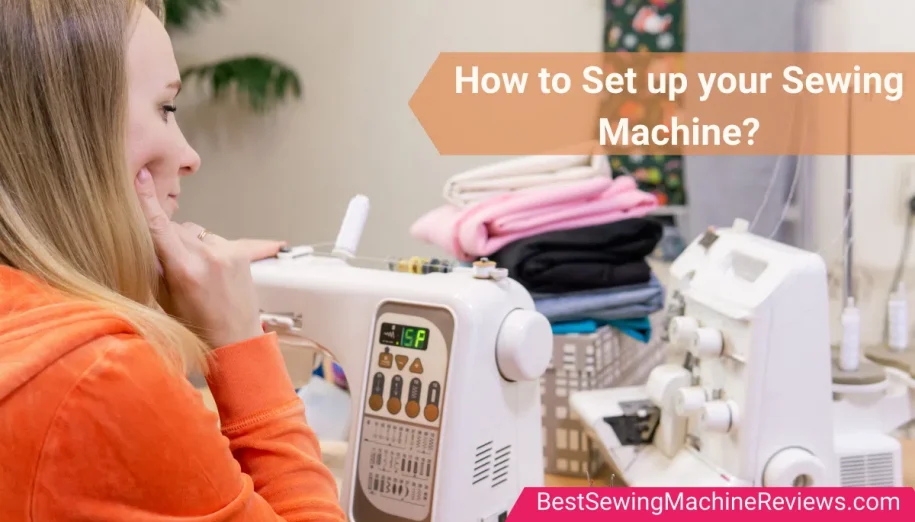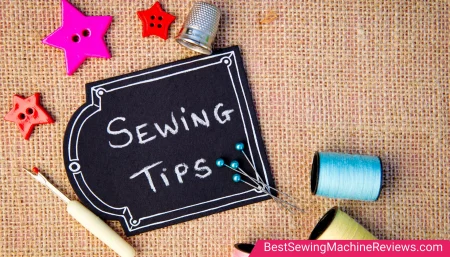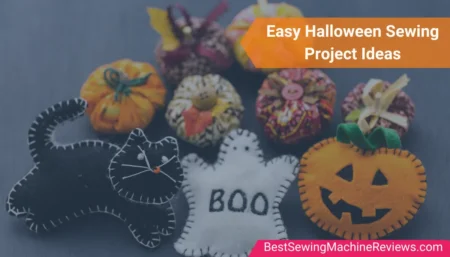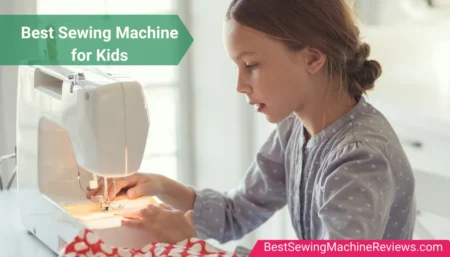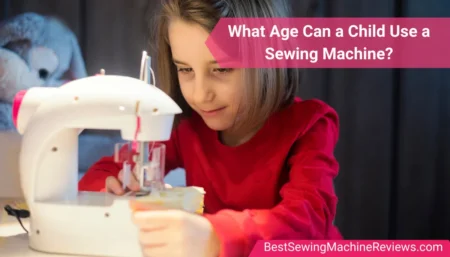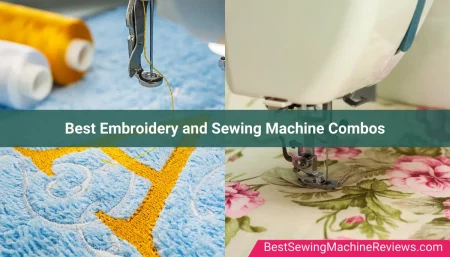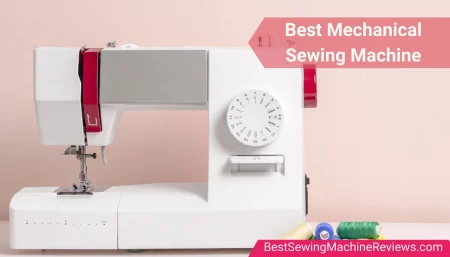Each Sewing Machine model is different from one another. However, this standard method for “How to Set Up your Sewing Machine” is applicable on majority of the sewing machines. So lets get started! Whenever I get a chance to use or buy a new sewing machine, I ensure that I have gone through each part of it so that I know how it functions. By doing this, I get to know more features of the sewing machine. This practice always allows me to use a sewing machine at its best productivity level. So first of all, explore your sewing machine and its features thoroughly by reading its manual, physical inspection, or watching the same brand’s video online.
Now that you are done exploring and understanding your sewing machine, you should now be good to set it up for sewing!
1. Ensure each part is available for Setting up Sewing Machine
If you have ordered your sewing machine online, it should probably come in an assembled form. Which should not be the case of checking each part of it is available or not. Nevertheless, if you have bought a heavy duty sewing machine, my experience is that those usually come in unassembled form. So make sure you check on each part before you get started.
2. Turn on the Power
Usually electric sewing machines have a cord to connect for power supply. While some have direct wire for electric power. Before you start worrying about how to set up your sewing machine, you need to check either its power supply is working or not.
Just as with any other electrical equipment, you’ll need to plug your sewing machine into an outlet. To turn the sewing machine on or off, just plug the electric cable into an electrical outlet and turn the sewing machine’s on/off switch to the desired position. If your sewing machine model has a bulb, it should turn on as an indicator that the sewing machine has been connected successfully with the power supply.
3. Attaching the correct Pressor Feet
You may receive more than one pressor feet with your sewing machine, because each one of them holds the fabric so that you can perform multiple sewing patterns. Make sure you choose the right pressor feet for your first project.
Each sewing machine model may differ on how to attach a pressor feet. Some have to be attached using a screw driver, while some (computerized) sewing machines have a snap-on pressor feet option. No matter what way your sewing machine works for attaching a pressor foot, the best part is that its an easy task trust me!
4. Needle Setting
Now comes the most crucial setting of sewing machine. Attaching the Needle! Your sewing machine accessories may include a few sewing machine needles of different types. Those plenty of needles may be available in different sizes and thickness depending upon their use for multipurpose fabric sewing.
Choose the most regular one to practice on easier fabrics initially. So here’s how you can set up the needle:
- Shut off your sewing machine.
- If you have a presser foot attached, lower it to the lowest setting possible
- To get the needle to its highest point, crank the flywheel.
- There’s a screw at the rear of the needle holder that has to be loosened.
- As you place the needle in the holder, be sure that its flat side is facing backwards as high as you possibly can with the needle.
- While you tighten the screw at the back of the needle holder, keep the needle in your hand.
5. Winding the Bobbin
In most cases a sewing machine usually has a bobbin winder. All you got to do is wrap some thread around your bobbin to secure it from unraveling. Now secure the bobbin over the bobbin winder and place the spool correctly for thread supply. Pass the thread in the right direction through the tension disc before you start winding your bobbin.
If everything seems right, you are good to start winding by pressing the foot pedal. However, if you face any disturbance in the winding process, set up the bobbin thread direction from another side.
6. Last Part of How to Set up your Sewing Machine: Top Threading
Threading your sewing machine is the final step before you can begin sewing on your project.
The upper spool of thread and the smaller spool known as the bobbin are used to produce stitches on sewing machines. Each sewing machine is different, hence I recommend consulting your sewing machine manual to set up the thread following instructions.
We are all set to Sew, Yay!
With time, setting up your sewing machine will become more and more simple, but it does take a lot of effort to get good at it. You should be able to start sewing now that you’ve read this guide.

